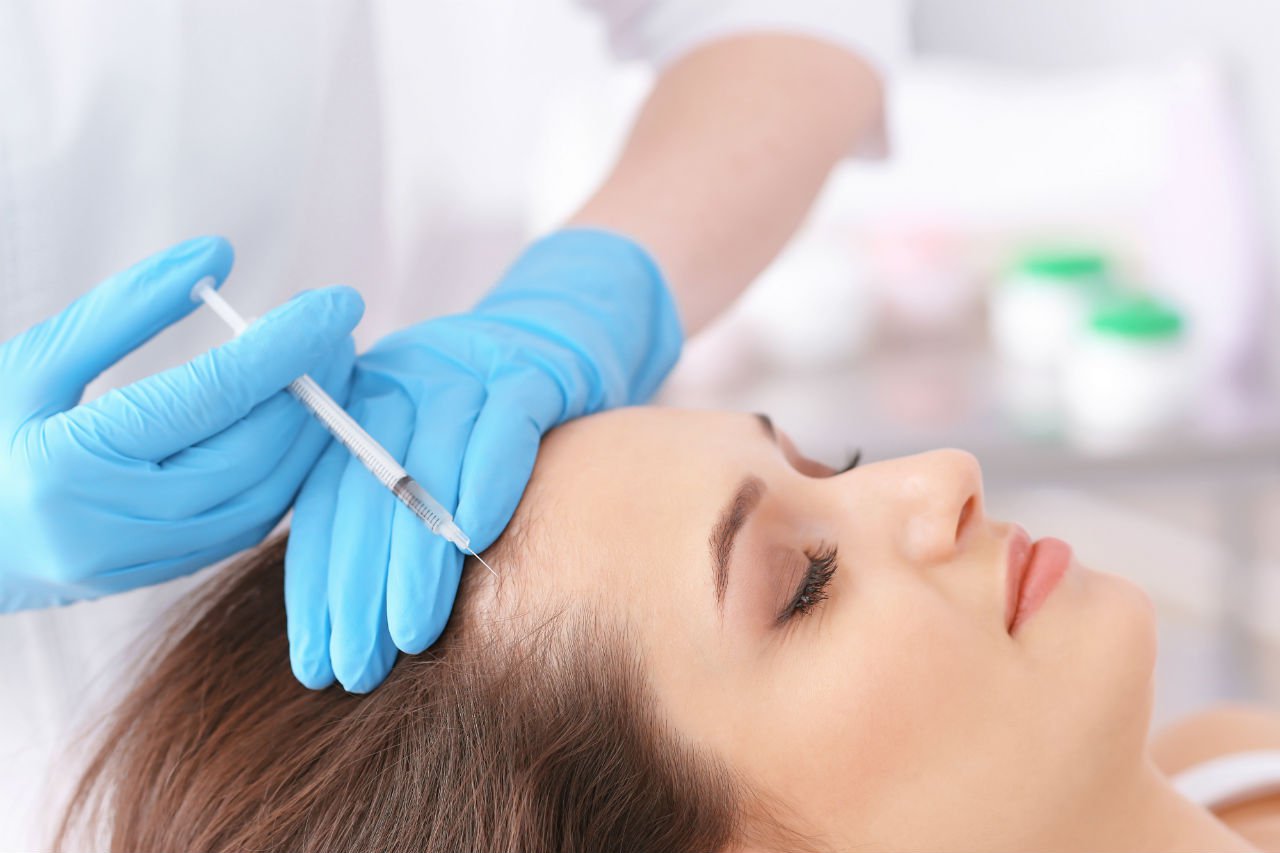
Hair Treatments
Hair Loss and Treatments
It is normal to lose 100 to 150 strands of hair each day as part of the normal hair growth cycle. Instead of the hair shedding daily, 150 – 200 strands of hair grow again. However;
- • Illness,
- • Hormonal changes,
- • Stress,
- • Aging and
- • Changes may occur in the growth cycle of the hair due to conditions such as hereditary diseases, and new hair strands may not grow despite more hair loss.
What is Hair Loss? What are the types?
When more hair starts to shed than it grows, or when there is no new hair growing at all, this is considered hair loss. There are several types of hair loss and it can affect adults and even children of all genders.
Some types of hair loss are permanent, while others are temporary. The most common types of hair loss are:
- • Androgenetic alopecia: hereditary baldness usually seen in males. It is the most common type of hair loss.
- • Alopeciareta: It is an autoimmune disease that causes hair loss on the head and body.
- • Telogen effluvium: This type of hair loss involves the rapid loss of hair in a short time. It usually occurs several months after the body has experienced something physically or emotionally stressful. It can also be caused by sudden hormonal changes.
- • Anagen effluvium: This very rapid hair loss occurs due to some medical treatments such as chemotherapy.
What Causes Hair Loss? What are the symptoms?
There are many possible causes of hair loss. The most common ones are listed below:
- • Hereditary hair loss caused by genetics.
- • Fungal infections on the scalp.
- • Hairstyles that pull the hair tight (braids, hairpieces or tight ponytails).
- • Hair care (such as perming and lightening) that may cause damage from the process.
- • Hair care (such as perming and lightening) that may cause damage from the process.
- • Medical treatment (such as chemotherapy and some drugs).
- • Nutritional deficiencies (especially not getting enough iron or protein).
- • Stressful events (such as having surgery or losing a loved one).
- • Thyroid disease.
People experience hair loss in different ways, depending on the type of hair loss and what is causing it. Common symptoms:
- • Receding hairline.
- • Thinning of hair all over the head.
- • Loss of small pieces of hair on the scalp.
- • Hair loss on the scalp and body.
In some cases, the cause of hair loss is obvious; For example, hair loss is expected while receiving chemotherapy. At other times, some examinations and tests will be required by the healthcare professional to understand what is causing the hair loss, and it will be necessary to apply Antalya hair treatments suitable for the diagnosis.
When you encounter such a situation, the following procedures will be performed to accurately diagnose your condition and to determine the appropriate hair treatment:
- • Finding out your family history, including whether any of your relatives have had hair loss and what age they are.
- • Review of your medical history by your healthcare professional.
- • Performing blood tests to measure thyroid function and iron levels.
- • Examining your scalp for signs of infection.
- • Taking a scalp biopsy to check for skin disease.

